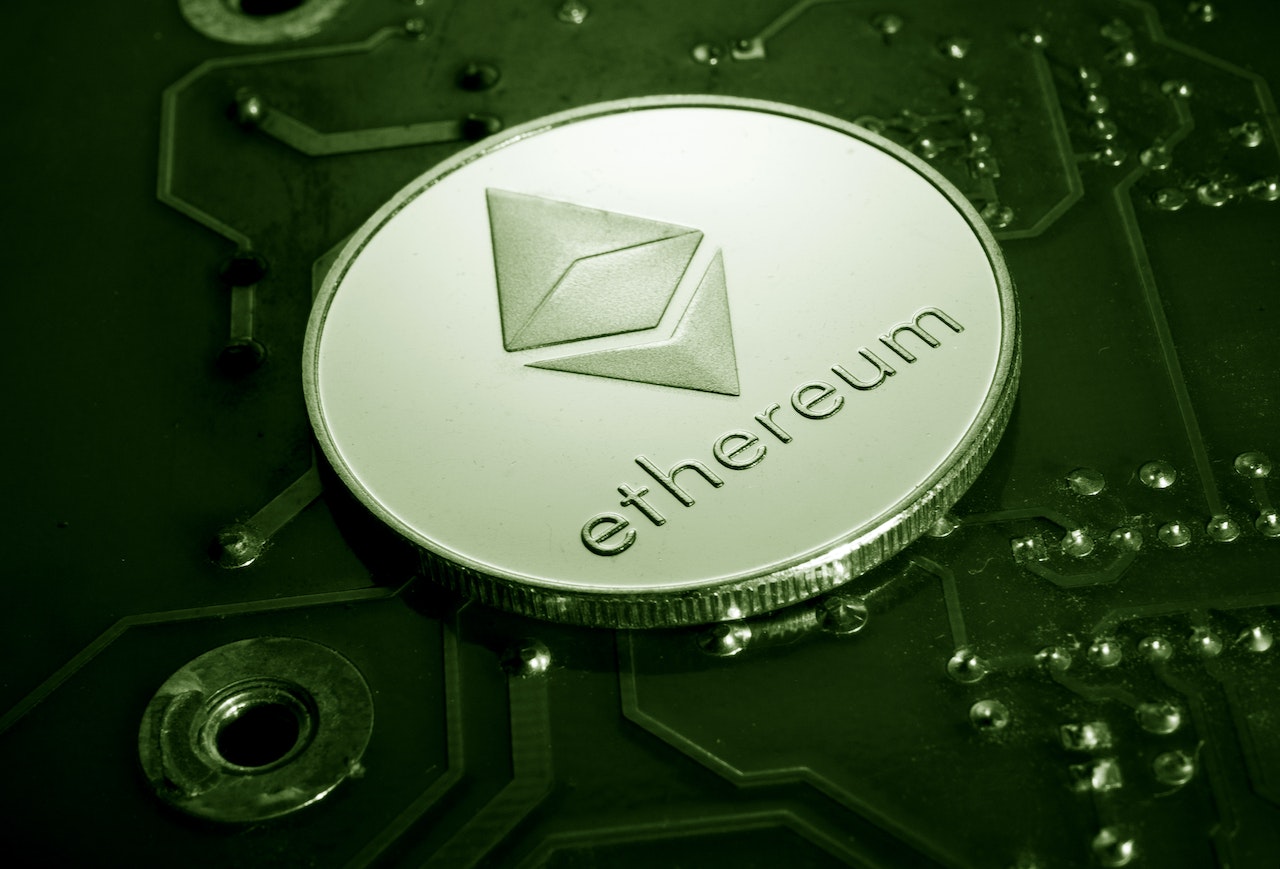
James Carter
Why is Ethereum Struggles to Attract Investors?

Last week was another great one for crypto investments. This is what the most recent Digital Asset Fund Flows Weekly report from CoinShares says. The report says that $76 million was invested in digital assets last week.
CoinShares says that was the fourth week in a row of money coming in. Since the beginning of the year, $230 million has come in, which “shows a clear change in investor sentiment for the start of 2023.” The report also said that the total amount of investment assets under management (AuM) has gone up by 39% since the beginning of the year and is now at $30.3 billion, which is the highest level since mid-August 2022.
Even though prices have increased substantially over the course of this year, a significant number of new investors continue to enter the cryptocurrency market. Since the beginning of the year, both Bitcoin and Ethereum have experienced roughly a 40% price increase. This is because of a number of factors, some of which are as follows: 1) macro bets that the Fed won’t have to tighten too much more in 2023; 2) the fact that pessimism after the FTX collapse was overdone because crypto fundamentals are still strong; and 3) more on-chain and technical signals that the bear market of 2022 is likely to be over.

This is Why Ethereum Struggles to Attract Investors
90% of the money that came into the market last week came from investors buying Bitcoin. The rest of the money came in through short-term Bitcoin investment products. “Even though unstaking is becoming clearer, only US$0.7m came into Ethereum,” CoinShares said.
Some people might be surprised that Ethereum is having trouble attracting investment flows, given that 1) the network is strong and 2) the Shanghai hard fork is coming up soon. Concerning the first point, a recent Bernstein report said that on-chain activity on the Ethereum network has been getting better recently, with more activity in non-fungible tokens (NFTs) since Yuga Labs launched a mini-game.
Bernstein claims that as a direct result of this, the daily fees that are collected by the Ethereum network have increased to between $4 and $6 million from a low of approximately $2 million at the beginning of the year. In fact, according to cryptofees.info, Ethereum’s daily fees have averaged approximately $4.88 million over the course of the previous seven days. This is a big jump from the total for the same time last month, which was about $2.9 million.
Bernstein said that higher fees are a sign that more people are using the Ethereum blockchain. This may also mean that the Ethereum inflation rate will stay negative in the near future since the ETH supply has been falling for over two weeks. Based on data from Glassnode, Ethereum’s net annualized rate of change in supply was around -0.7% at the end of 2017.
Before the “Merge,” which happened in September 2022 when the Ethereum network switched from proof-of-work to proof-of-stake, the rate of ETH inflation was over 4%. Many analysts think that ETH’s deflationary nature could help its price go up a lot in the years to come.
In the near future, the Shanghai upgrade will be the next big thing for Ethereum because it will finally make it possible to withdraw ETH that has been staked. Bernstein said that people might be cautious before the event because they might be worried that unstaked Ether would flood the market and make it harder to buy.
Latest
Blockchain
09 May 2024
Blockchain
19 Apr 2024
Blockchain
16 Jan 2024
Blockchain
31 Aug 2023
Blockchain
24 Jun 2023
Blockchain
24 Jun 2023













